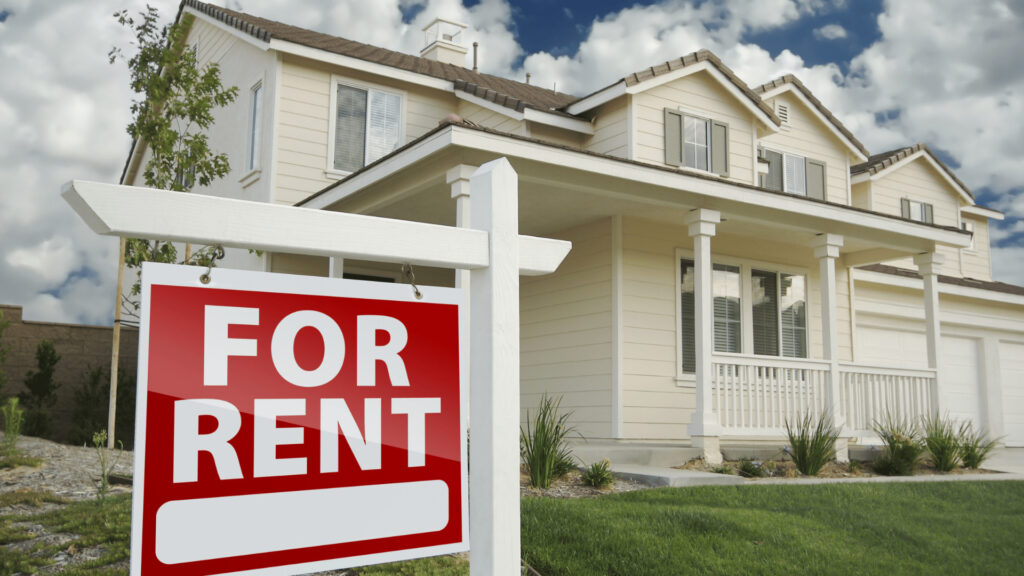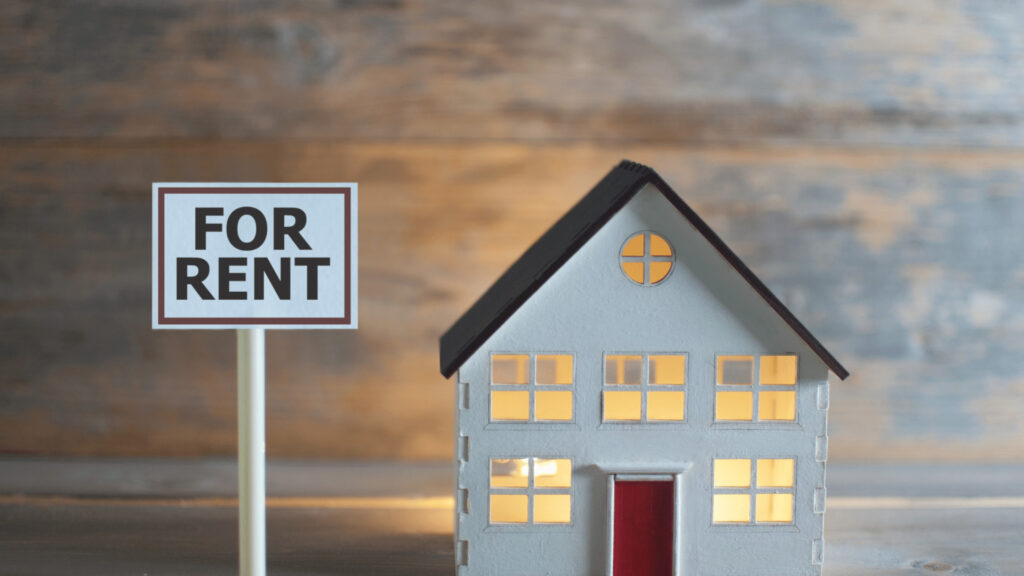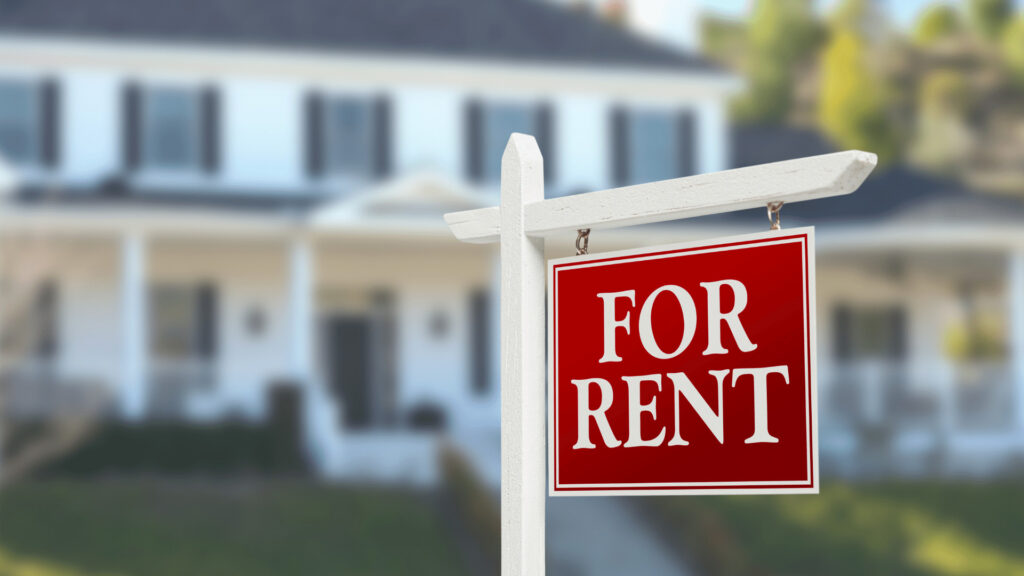No region in the United States is immune to the rising expense of renting. Rent increases are accelerating across the country, particularly in large cities and rural areas. From east to west and south to north, this is true across the board. Cities such as Austin, Texas, are experiencing the most significant increases in rent rates. My name is Maria, and I am now residing in Austin, Texas. During the pandemic, many individuals began to flee the area. Furthermore, the rent was cut during the year. by a hundred dollars. My lease is about to expire, and there has been a $400 increase in the cost. Most newly built homes and buildings are beyond most people’s price range, exacerbating an already challenging situation.

And the rental flats that are being built are the more expensive ones, likewise deemed to be higher-end. On the other hand, workers’ salaries aren’t rising fast enough to keep up with rent increases. Our country has been subjected to wage repression for the past four decades. Then there’s the current period, where salaries are rising, particularly at the lower end. The next question is how long this will continue. According to numerous experts, an increase in rent rates would have an impact on the economy. A considerable amount of the money spent by the average household each month goes toward either rent or the expense of maintaining the home.
As a result, it accounts for a sizable share of consumers’ total amount of money. where the competition is the fiercest. Rents are approaching record highs, and tenants in smaller markets feel the pinch just like those in larger areas. For example, the cost of renting a one-bedroom apartment in Gilbert, Arizona, has increased by more than 116% in the last year. Meanwhile, the annual increase in the cost of renting a single-family home has reached its peak since 2005. If CoreLogic is to be believed, So, how did we find ourselves here? One answer to this topic is the epidemic’s recovery. You watched technology companies and major firms relocate to smaller regions such as Pittsburgh, Austin, San Antonio, and Charlotte; these cities began to thrive as workers’ schedules became more flexible. Rents will inevitably rise as a city’s economy grows due to the link between supply and demand. However, the history of this narrative goes back even further, all the way to the Great Depression.

Are you listening, President Obama? Since the end of the financial crisis a little more than a decade ago, numerous communities have made it more difficult to build more homes close to urban centres. Building supplies, particularly lumber, have been in short supply. This has been accumulating over time. The workforce has struggled with this. Several people abandoned their construction occupations during the housing meltdown a decade ago. And, as immigration laws for other nations have changed, the number of people entering the country to work in the building trades has reduced dramatically. Many of those who worked in these trades were immigrants from other countries. Furthermore, many smaller builders rely on bank institutions for financing. And as a result of changes in regulatory rules and other circumstances, financial institutions, particularly smaller and midsized financial institutions, have been unable to make sufficient loans since the global financial crisis. So you’re aware that there is a flurry of activity in this area.
Following the 2008 economic meltdown, home development ceased before the decade’s conclusion. Millennials choose to live in cities for longer periods than prior generations their age did because they couldn’t afford to go out and own homes. After all, property prices were skyrocketing. Before COVID, renters had fewer options, particularly in real estate hotspots. We noticed a massive rush to urban areas. Because there was such tremendous demand in the cities, the epidemic struck simultaneously. Consider some of the high-rise apartment buildings in major cities’ congested central business districts during the first year of the pandemic. In that situation, you will observe that illness transmission is diminishing. Smaller cities, such as Phoenix and Austin, attracted more remote personnel. Rents for people like Maria are rising, and I estimate that a studio apartment costs roughly $2,000 per month. This 1700s-era location, which contains only one bedroom, was recently refurbished. When I initially moved here, Maria was a teacher who had to commute to work every day.

Like many other people in the United States, she does not have the luxury of moving further away from her place of employment to save money, which contributes to the economy’s overall difficulties. If we can figure out how to adjust zoning rules and laws to acquire the lumber, land, and labor we need to construct closer to where the jobs are, our economy will be able to grow more swiftly and strongly in the long run. There is substantial evidence that a lack of housing closer to demand and in urban cores has a significant detrimental impact on long-term economic growth. Renters in previously cheaper suburban locations are also feeling the pinch. According to economists, the current housing market makes finding a rental property extremely difficult. because there is such a low ratio of empty rooms. This is the lowest point in history for any previous generation.
Rents will very certainly continue to rise as a result of the outbreak. The good news is that construction firms are expanding their output because, as you are surely aware, when rents and property prices are this high, builders stand to make a lot of money. As a result, they are highly motivated to develop additional homes. This may be observed in the continually increasing number of new homes being built. As a result, this is a good omen. Additionally, the number of single-family housing starts has increased. Because this will be the most attractive housing structure while the epidemic is underway, the presence of investors eager to purchase houses may cause home prices to rise slightly. Yes, perhaps it does. However, this does boost the quantity of single-family rental houses on the market, which should help keep rent increases in check. In the city, several real estate brokers debate whether to convert their less busy office districts into residential neighborhoods.

The concept behind this proposes that some unoccupied structures, such as brick and mortar establishments, could be turned into residential flats. For the time being, renters must bargain with the market. Because signing the lease would have needed a considerable percentage of my money, I relocated to another property instead. I’m going to lose approximately 1500 square feet. These price rises come at an inconvenient moment for the general populace. Wages for the majority of workers have not increased in several decades. The average worker’s wage and benefits were artificially kept low during that time. After 1979, economic growth was prolonged for several decades. Increasing inequality worked against the centre, or, more broadly, against everyone in the bottom 90% of the population. Oregon was the first state to implement rent control throughout the state in 2019.
They set a 7% cap on future increases. Cities such as New York, San Francisco, and Washington, DC are examples. Put a ceiling on rent increases; these measures have some positive benefits. According to the findings of one study, rent control increases the likelihood of tenants staying in their homes by about 20%. According to some economists, rent control creates more difficulties than it addresses. History has taught us that while adopting rent control may benefit individuals in the near term by allowing them to pay lower rent, it diminishes the incentive to build additional housing or provide funds for the upkeep of existing homes. As a result, the overall condition of the housing stock would steadily decline over time, which no one likes to see. Because we want to increase output, we feel that rising rents may be found in the labour market. Because of the stimulus pumped into the economy by both Congress and the Fed, it was believed that some workers would eventually be able to earn higher wages. Furthermore, the demand for goods and services has increased significantly.

As a result, we should expect a prolonged period of low unemployment. This has typically resulted in faster salary growth for people in the middle and lower-income categories. The second question related to the first is whether or not structural changes will occur. If we succeed, I’ll be able to integrate us into the economy rather than have it be a one-time event during a moment of low unemployment. And I believe that will necessitate greater attention to labor laws. I believe that the introduction of a $15 per hour minimum wage and the restoration of collective bargaining rights, I believe, will need a greater emphasis on maintaining a low unemployment rate. This implies that one response to rising rents is either improving one’s income or finding roommates. Builders cannot create affordable houses in significant quantities due to high land labor material shortages, materials, and labour shortages. This is why there isn’t enough affordable housing being built right now. Please understand that we have been in this difficult circumstance for over a decade. It will not be fixed the next year or the year after that; rather, it will take ten years to solve this problem.

